
By Gohar Ali Khan
KARACHI: Some Sindhi nationalists and experts have expressed serious concerns over the digital census, saying it is a conspiracy aimed at undercounting the permanent residents of this historical hub of immigrants, and thus turn them into a minority.
Nationalists fear that early census is intended to divide Sindh, others say it is needed for efficient planning.
They are holding protests across Sindh to condemn what they call the “planned usurpation” of the rights of the permanent residents by using forged census data to divide the province into two separate units.
But other politicians and analysts reject this view, observing that it is partly aimed at creating chaos in the country for their own personal benefits.
Newstaj spoke to some of these politicians and scholars to explore their thoughts in more detail.
Dr Qadir Magsi, Chairman Sindh TaraqiPasand Party
The census is held on demands of the Pakistan Peoples’ Party (PPP) and MuttahidaQaumi Movement-Pakistan (MQM-P). And it is held just five years after the 2017 census, whereas the Constitution requires that population census should be held after every ten years.
We totally reject this untimely and undue digital census.We intend to inform the permanent residents of Sindh that a conspiracy is being hatched to deprive them of their land and resources.
This has been a routine practice in Pakistan where censuses are conducted to grab resources of weaker sections of the population.It is quite contrary to the developed countries where censuses are held to plan civic facilities such as hospitals, schools, colleges, police stations, road infrastructure, sewerage system, etc.
Sindh has been facing a massive influx of outsiders – both foreigners and local people from other parts of the country.Hordes of immigrants from India came and settled in Karachi at the time of independence in 1947.
Then waves of immigrants came from Bengal and Burma, and then after 1979, Afghan nationals started to pour into Karachi and other parts of the province. Many of these people illegally obtained the Pakistani Computerised National Identity Cards (CNICs) by paying bribes.
Meanwhile, economic immigrants from areas within Pakistan, especially from Khyber Pakhtunkhwa (KP) and Balochistan, are also settling in Karachi because of the spread of militancy and anti-militant operations in their areas.
If a digital census is completed, the population of these outsiders will be found to exceed that of the local residents of Sindh. Unfortunately, both the PPP and MQM-P are behind this plan. Otherwise, why would they be in a hurry to conduct a census at a time when floods in Sindh have destroyed 1.5 million houses and displaced 15 million people who are now living as internally-displaced persons (IDPs) and need urgent help.
Shafiq Musavi, Educationist
Save Sindh against a scheme aimed at its division. The 2017 census was accepted by all, as army soldiers accompanied enumerators, thereby adding to public confidence that correct counting will be done and no false data will be put into the system.
In the 2023 census, army personnel have been replaced by the police force, and we all know how credible the Sindh police is. Questions also lurk over the police’s availability in required numbers, given the law and order situation in Karachi and Hyderabad.
So we might expect that in many cases the enumerators could be on their own, and able to make any entries they like.
It is a two-tier census, consisting of house count and headcount. In all the previous six censuses, the house listswere displayed in offices and residential blocks of the areas concerned so that every local could check that her/his house is on the list. If it was not there, it meant that residents of that house had not been included in the head count.
In the previous censuses, third-party monitors were able to verify any data collected by enumerators. But this time there are no independent monitors.
So, this time the data collected by the enumerators are considered as conclusive. Since these enumerators are employees of government departments such as Local Government and Education, their credibility remain suspicious.
The question was, why was the government keen to spend an estimated Rs 50 billion by holding a census four years ahead of the Constitutional deadline, and in a setting where no military personnel and no third-party monitors had been deployed?
The only reason one can think of is to establish that out of an approximate 80 million population of Sindh, 50 million live in the two southern administrative divisions of Hyderabad and Karachi, and use this data to divide Sindh in two provincial units.
Senator Waqar Mehdi, General Secretary PPP Sindh
I, along with Senator Taj Haider and Senator Nisar Khuhro, moved a resolution in the Senate which has been referred to a Senate standing committee. We have pleaded therein that genuine residents should be counted under the de-facto approach of the census methodology, and illegal immigrants should be registered in a separate box.
There are no conspiracies and nefarious designs here. No one will be allowed to do injustice to the people of either Kashmore or Karachi, or any other region. The PPP has also demanded that every flat in an apartment plaza must be counted instead of treating the plaza as a single unit.
As far as the CNIC issue is concerned, it is a mandatory document for census purposes. So those holding the CNIC have been counted.
As regards the holding of the 7th census before the Constitutional deadline, we had raised this question in the Council of Common Interests (CCI), but it decided that the census was needed before the 2023 general elections for purposes of re-aligning constituencies, etc.
Besides, let me tell you that objections being raised are not unprecedented. Sindhi representatives at the national parliament had filed many objections to the way the controversial national population and housing census was held in 2017. But they were all turned down.
Zafar Hilaly, former Ambassador and senior Analyst
Census is mandatory in each and every country. As an example, if you don’t know as to how many people will be coming to eat food at your place, how can you know how much food to prepare. Without an updated census, you cannot allocate resources in an efficient and realistic way.Census is the base on which plansare made.
But as people say, chaos benefits the anarchists. They objected when the army soldiers were deployed during the 2017 census, and are now objecting because army soldiers were not deployed this time.










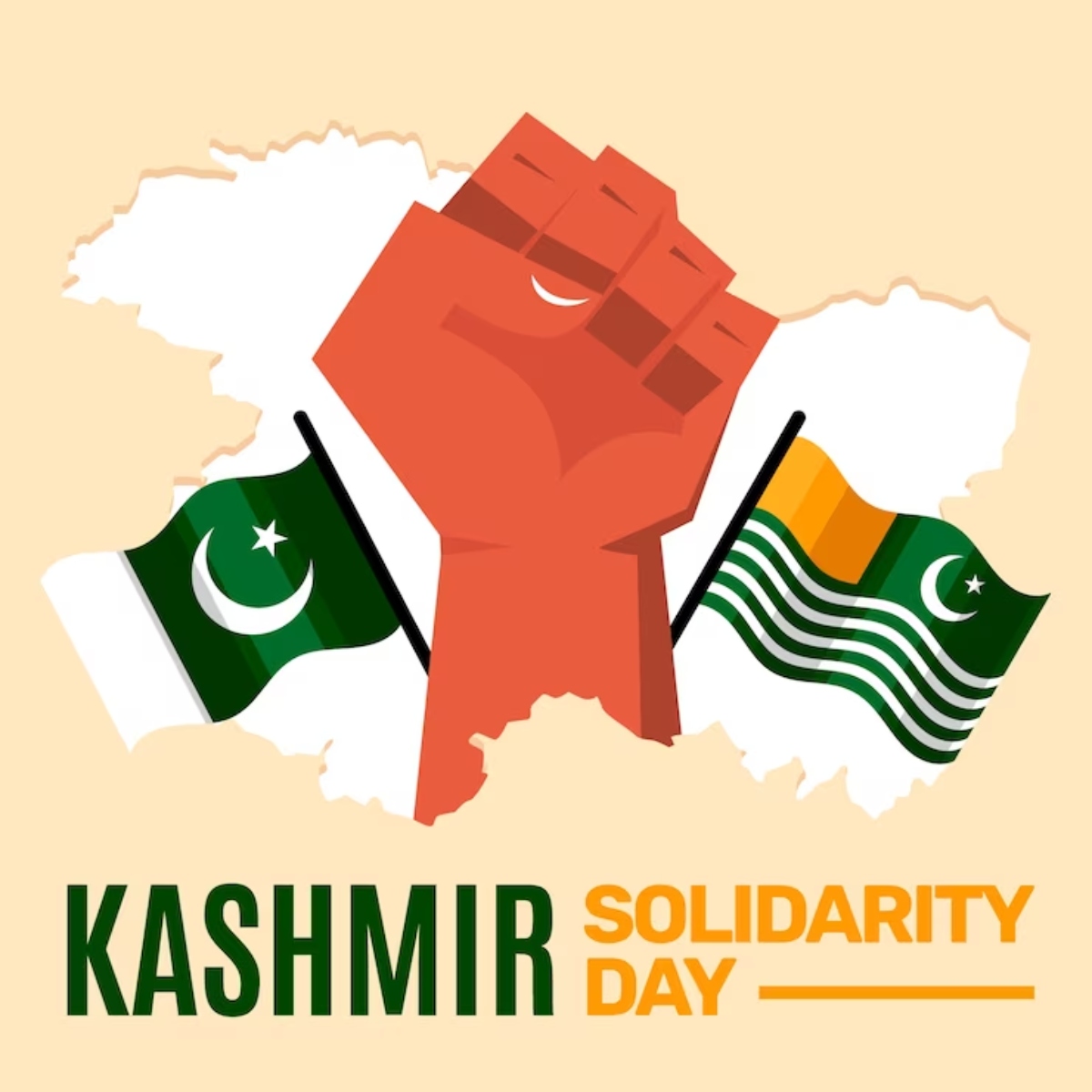

















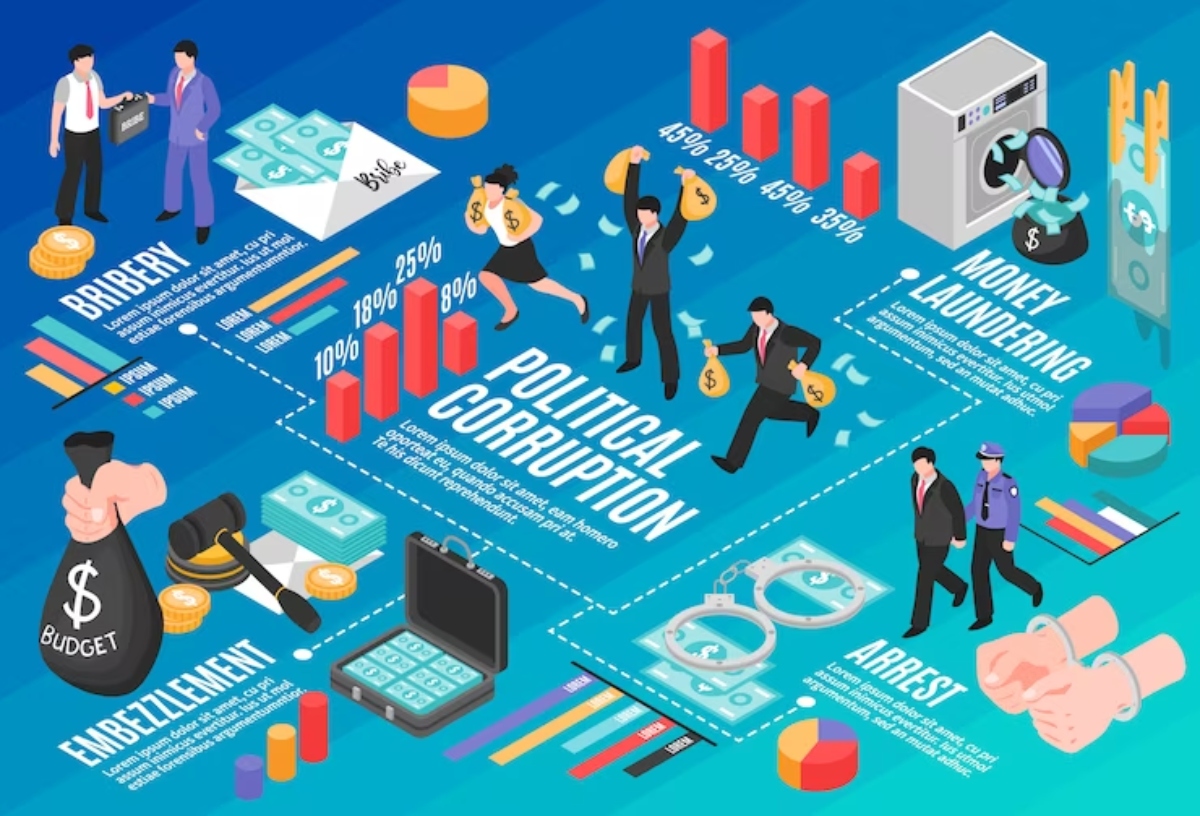
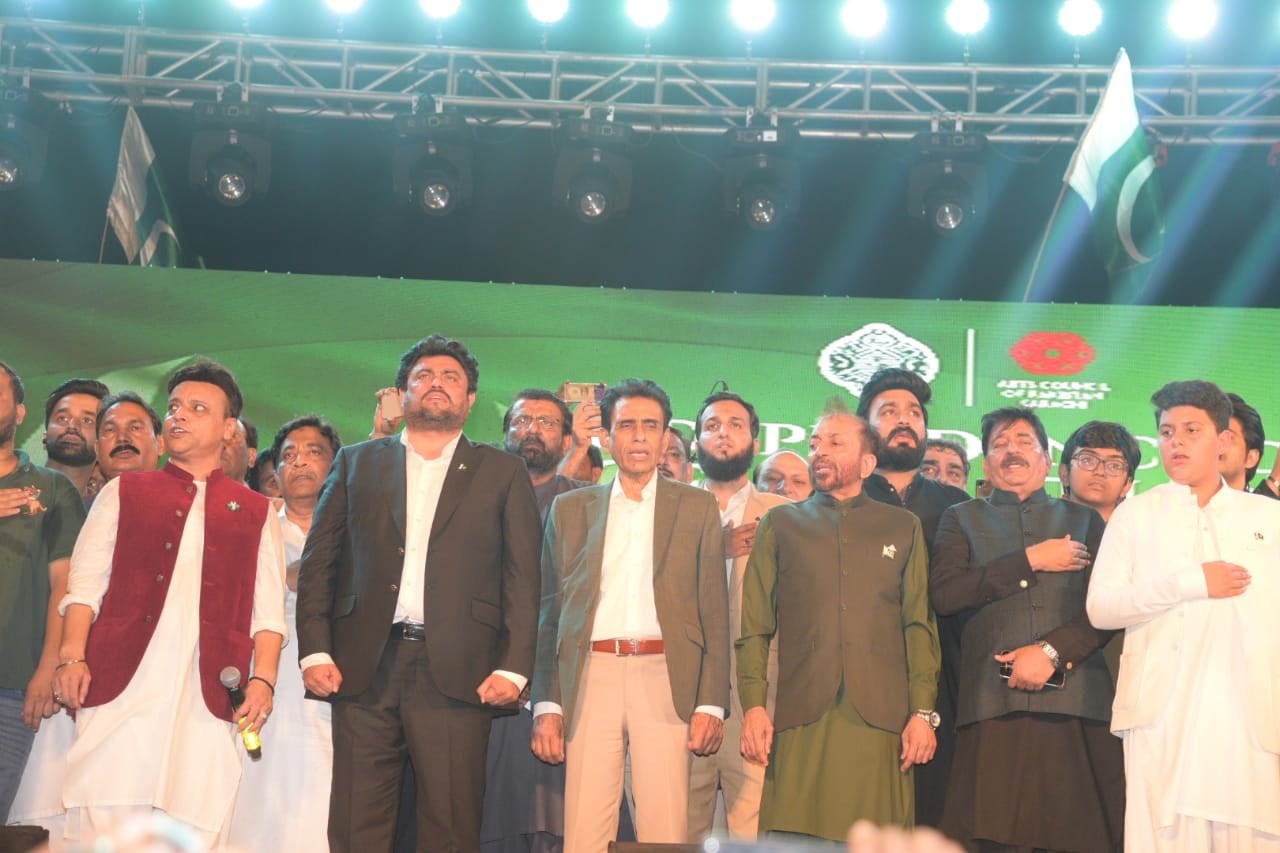



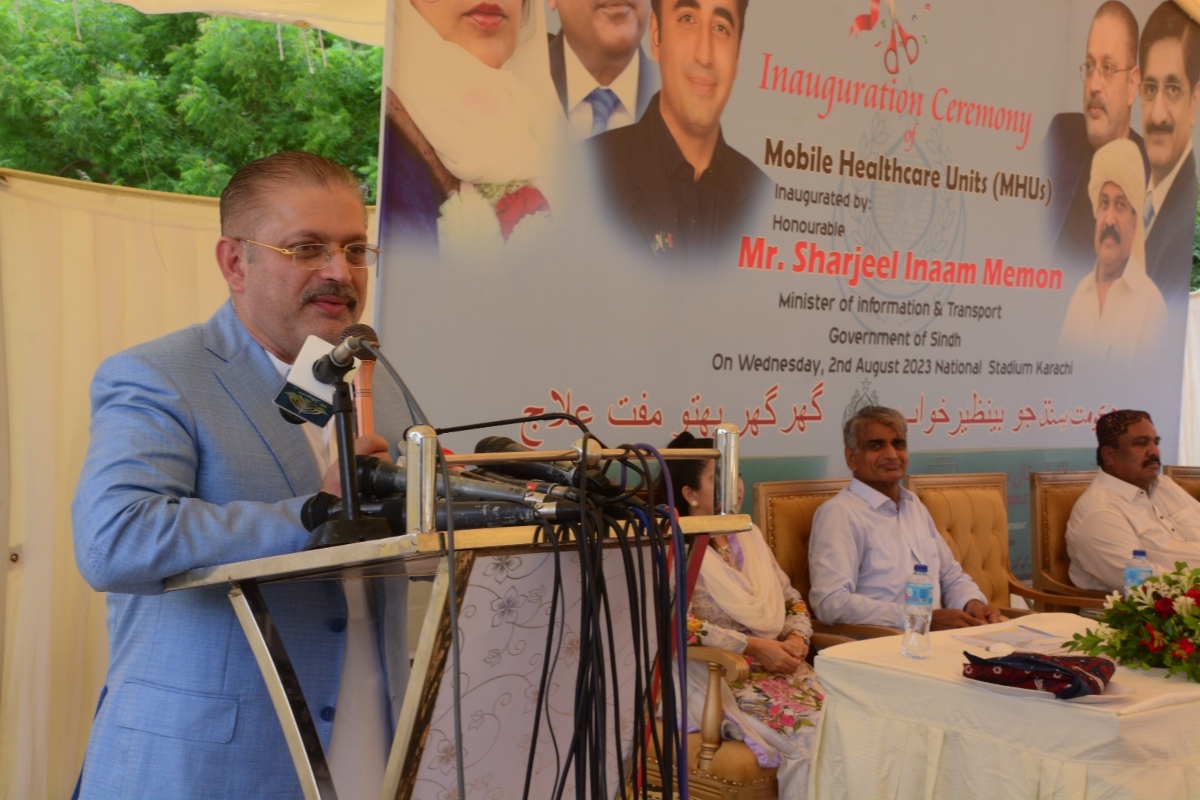




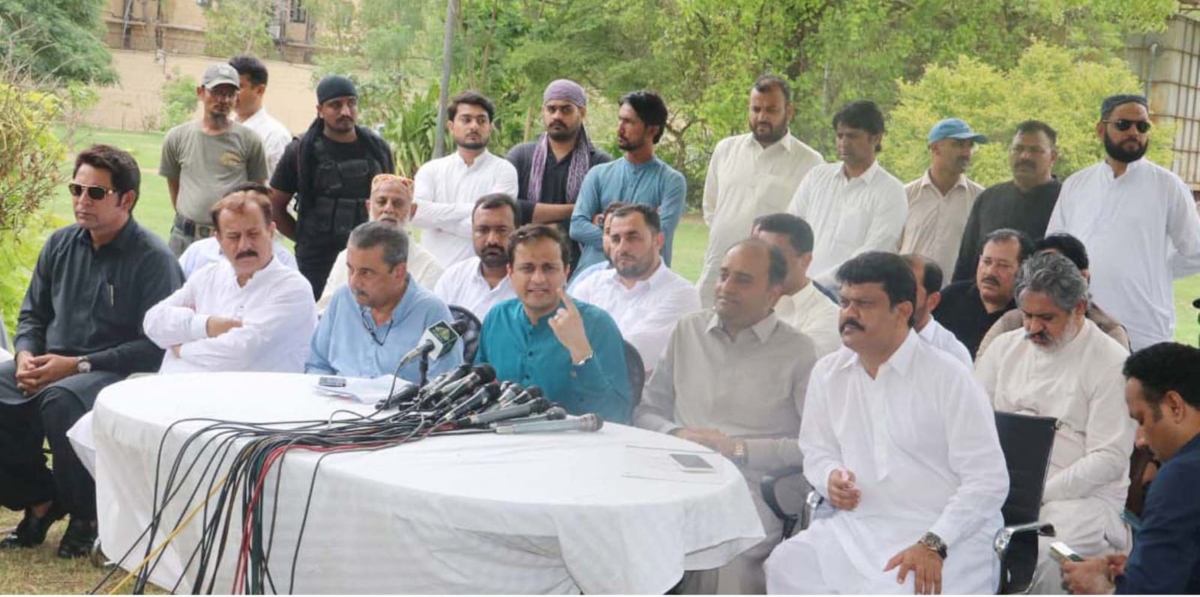

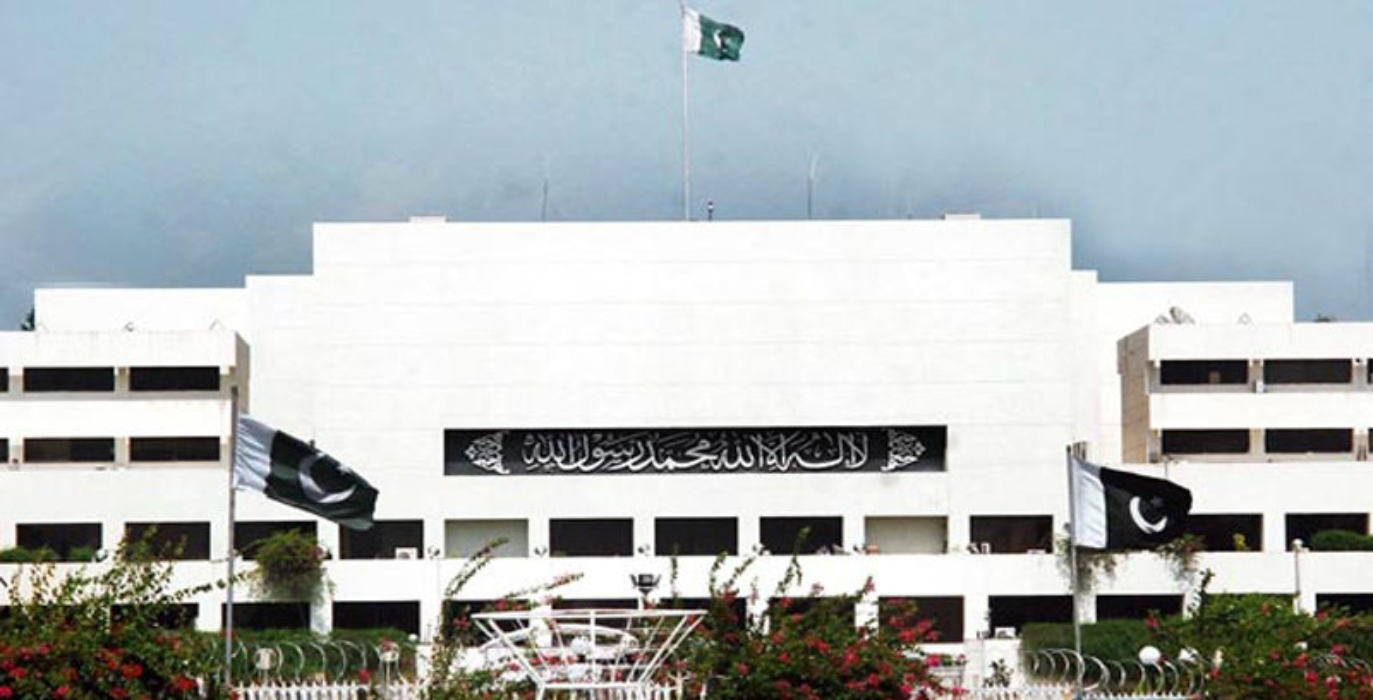
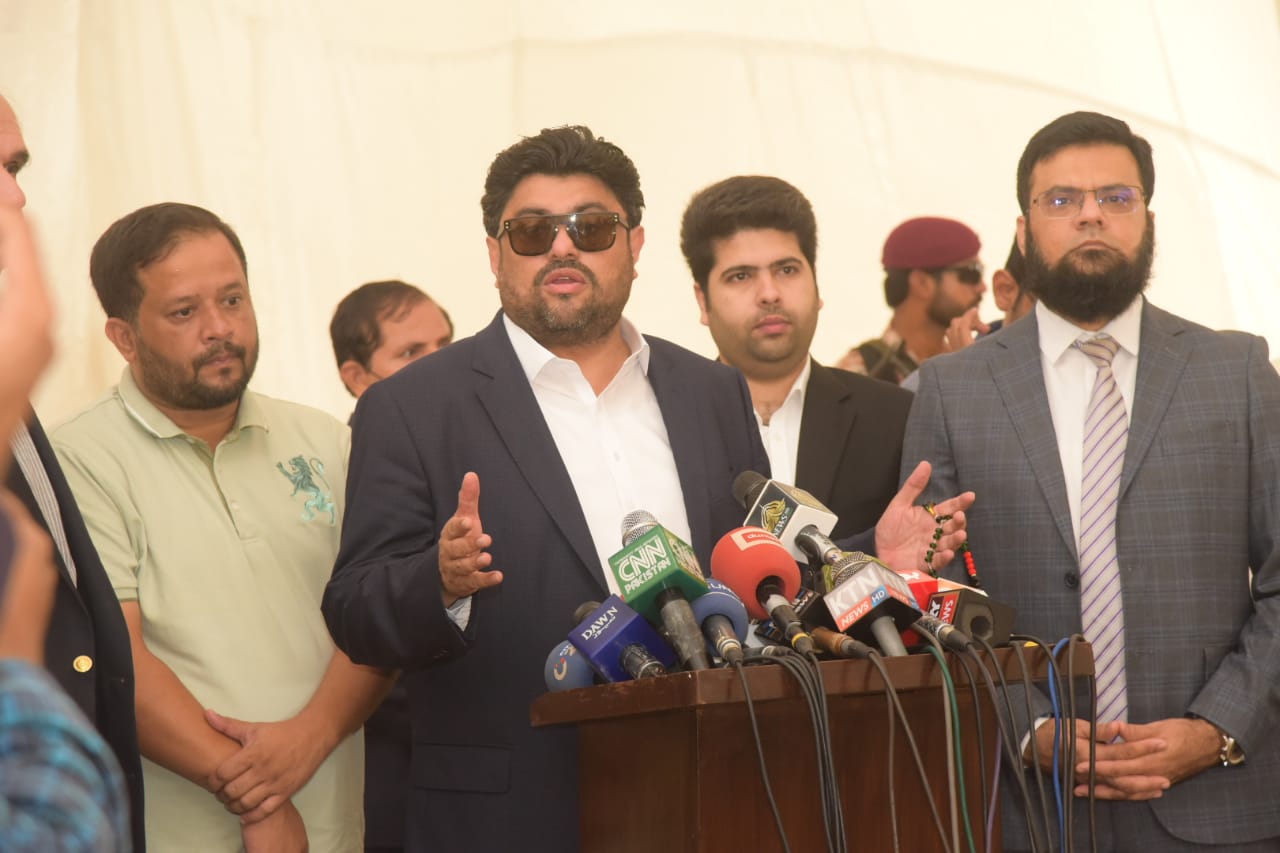
Good
I think census is a drama here, people are not counted correctly as it is done deliberately.
Good work!